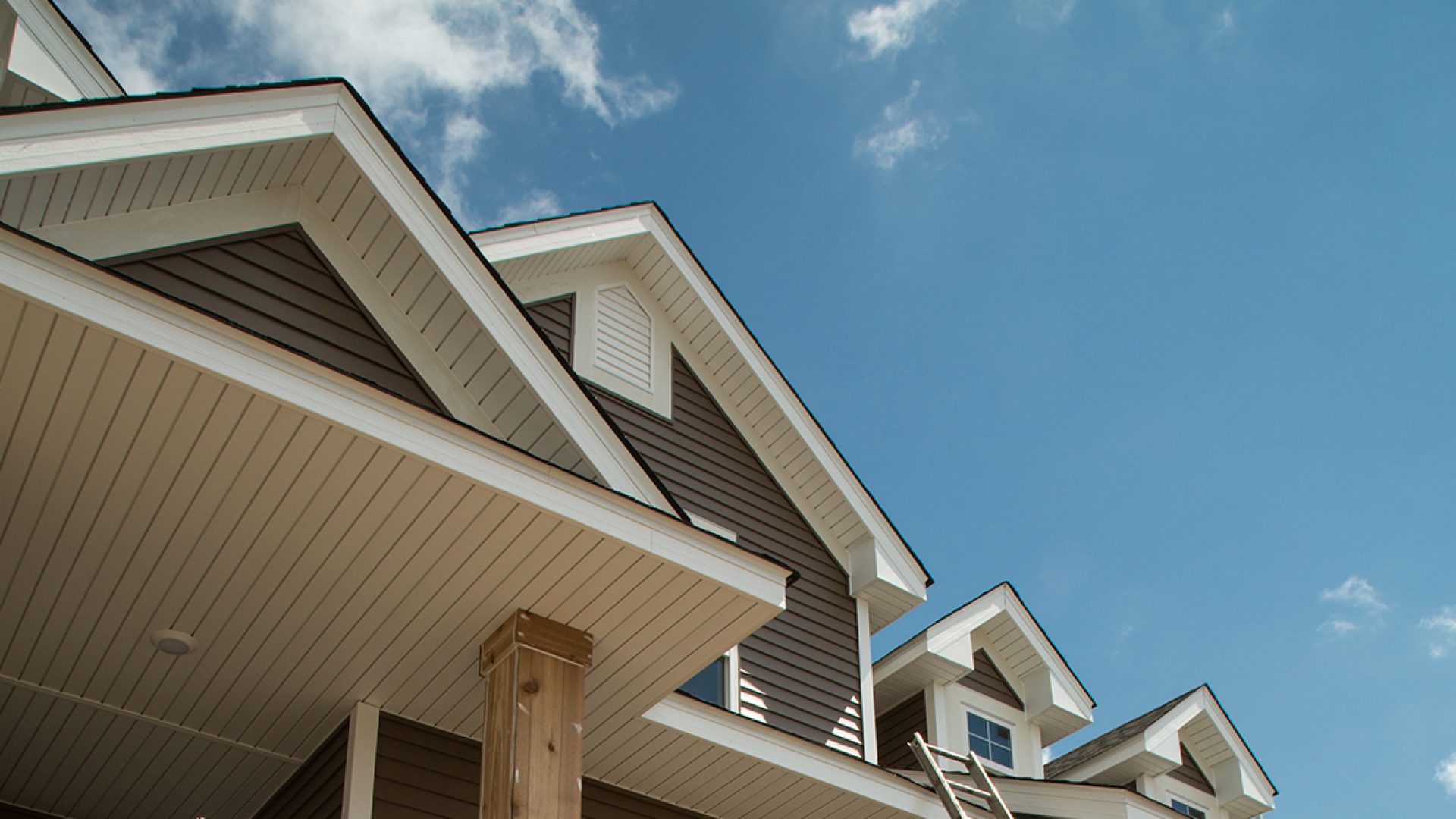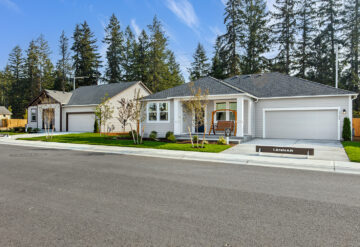As the housing market continues its recovery, this article from Trulia Chief Economist Selma Hepp dives into the numbers from Census building permit data in 100 of America’s largest cities to highlight the hottest markets for new home construction in 2015, and takes an interesting look at the effects of that construction activity on area home prices and employment growth. For single-family homes, Austin, Houston, Charleston and Nashville top the list, while the top multi-family markets are New York, Boston, Philadelphia, and Los Angeles.
Compared to last year, many of the same housing markets where new construction was highest above normal – New York, Boston, Los Angeles, San Francisco, Houston, Orange County, and Dallas – are still building a lot. The new kids on the block to the top 10 list this year are Philadelphia, Newark, and Seattle, where the increase in permits is at least 50% to 75% higher than their respective historical norm. In fact, 27 of the 100 largest metro areas are now building more than their historical average with the growth in most having picked up markedly.
Among the top 10 U.S. metros where new construction activity is highest above average, metro New York ranks highest with 2.5 times the historical average. Cyclicality is in the nature of the home building construction and many of the growing markets are on the upward slope of the current cyclical upswing.
Since last year, the share of multi-family buildings has increased in most of the metros that topped last year’s hottest homebuilding markets list.
In some of the top 10 markets, multi-family construction was higher than the historical norm by several fold. For example, New York’s activity is more than four times higher, while both Boston and Newark are almost three times higher. Even in Dallas and San Francisco where the multi-unit increase was lowest among the top 10, it is still more than double the historical norm.
Today, there are generally more markets with building activity above the historical norm. Those markets also tend to be the bigger metro areas where price appreciation remained more robust than in smaller markets.
The correlation between permit activity relative to historical norms and the employment growth since the cyclical bottom is +0.29, which is again a modest, but statistically significant positive relationship.




